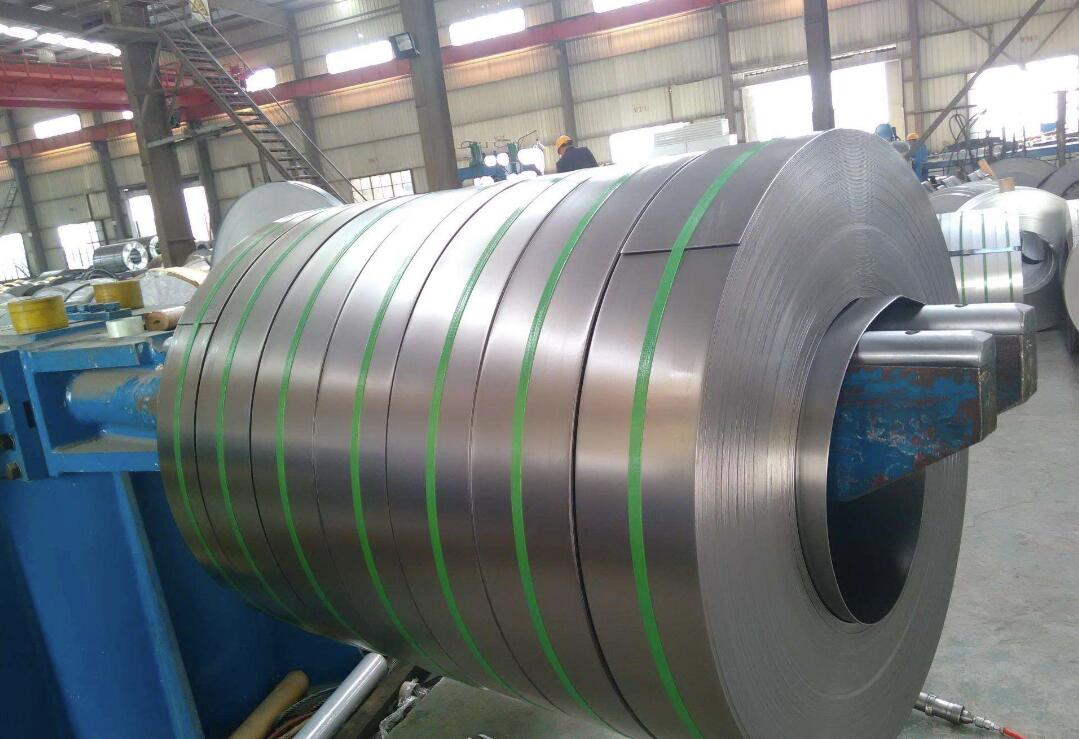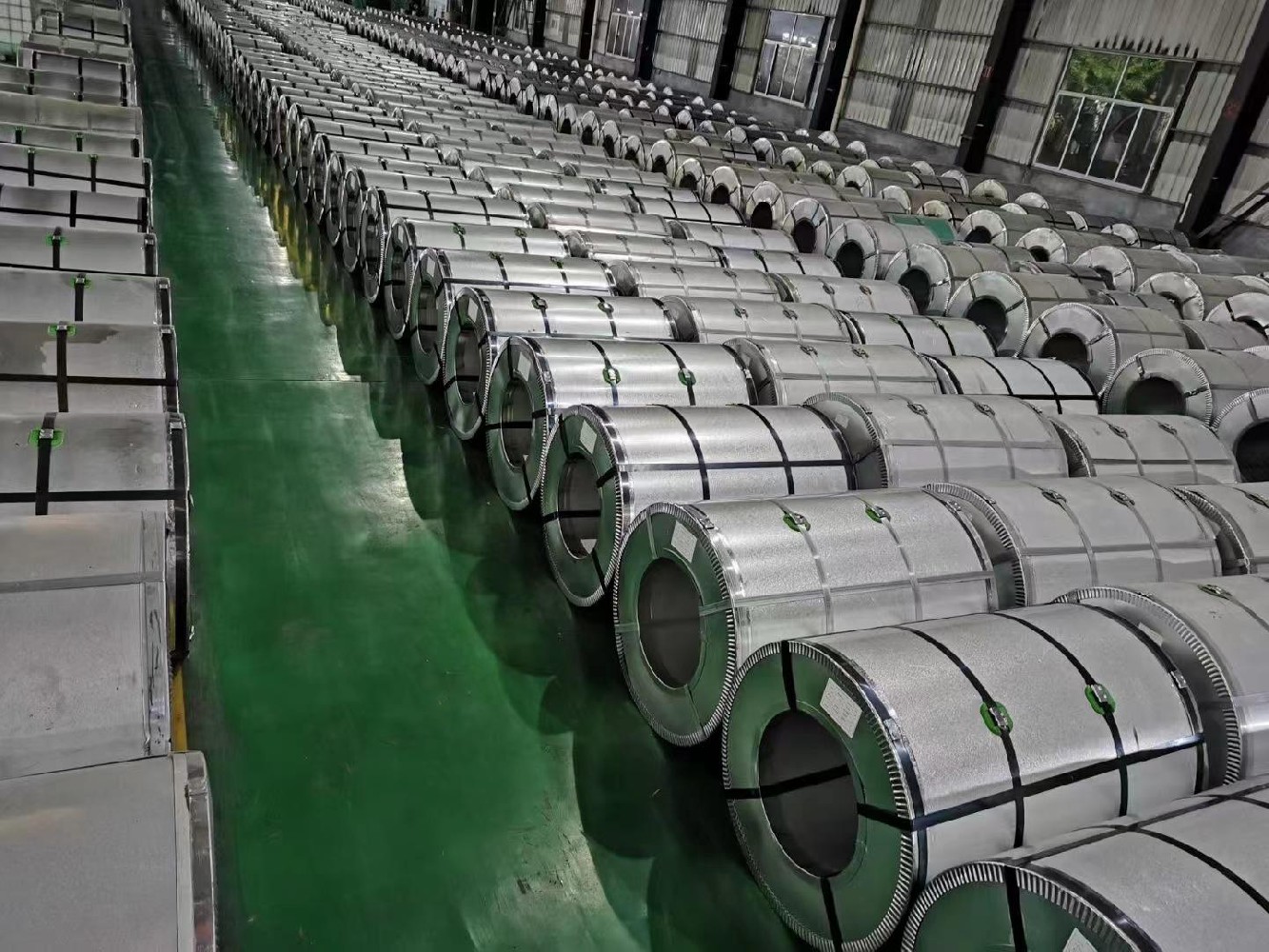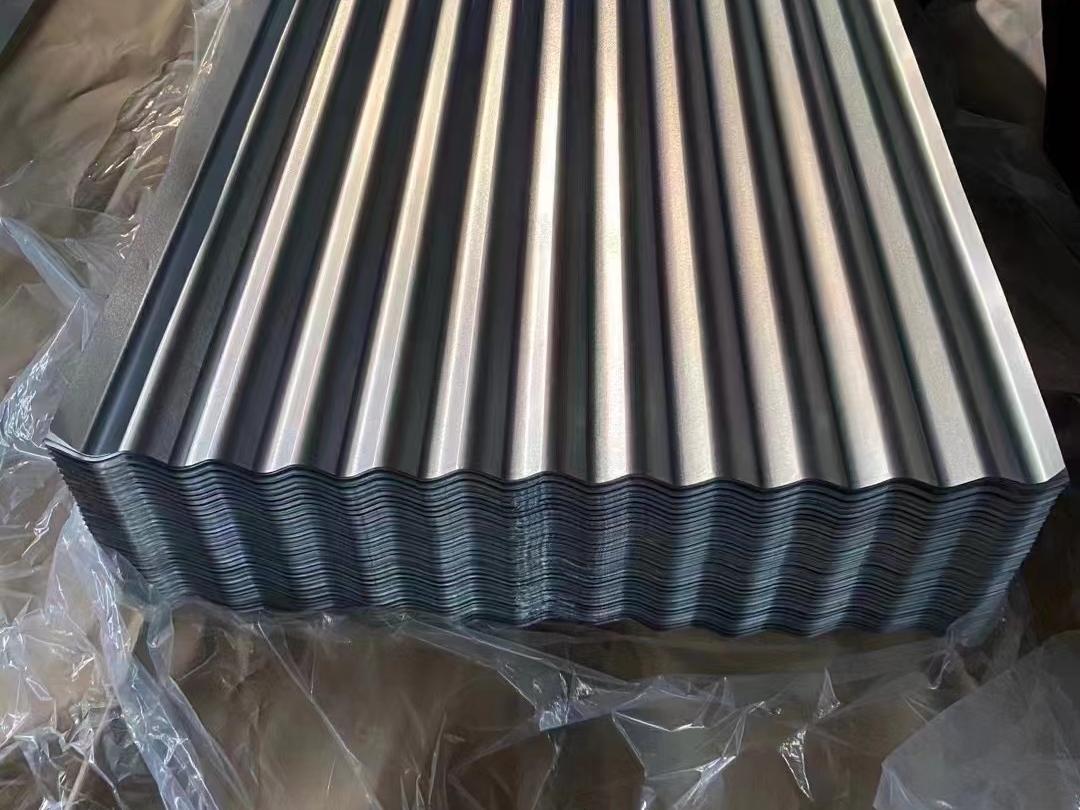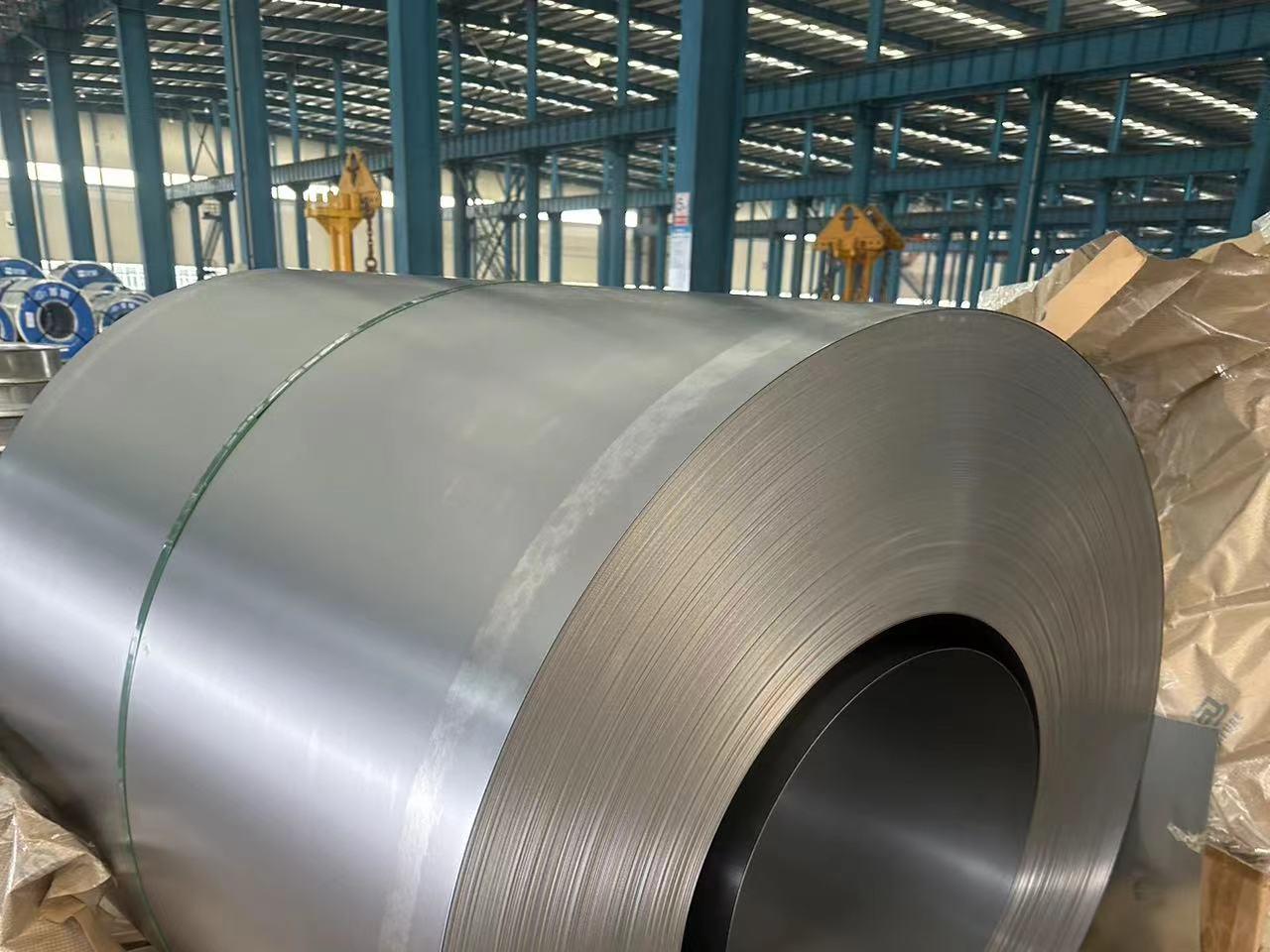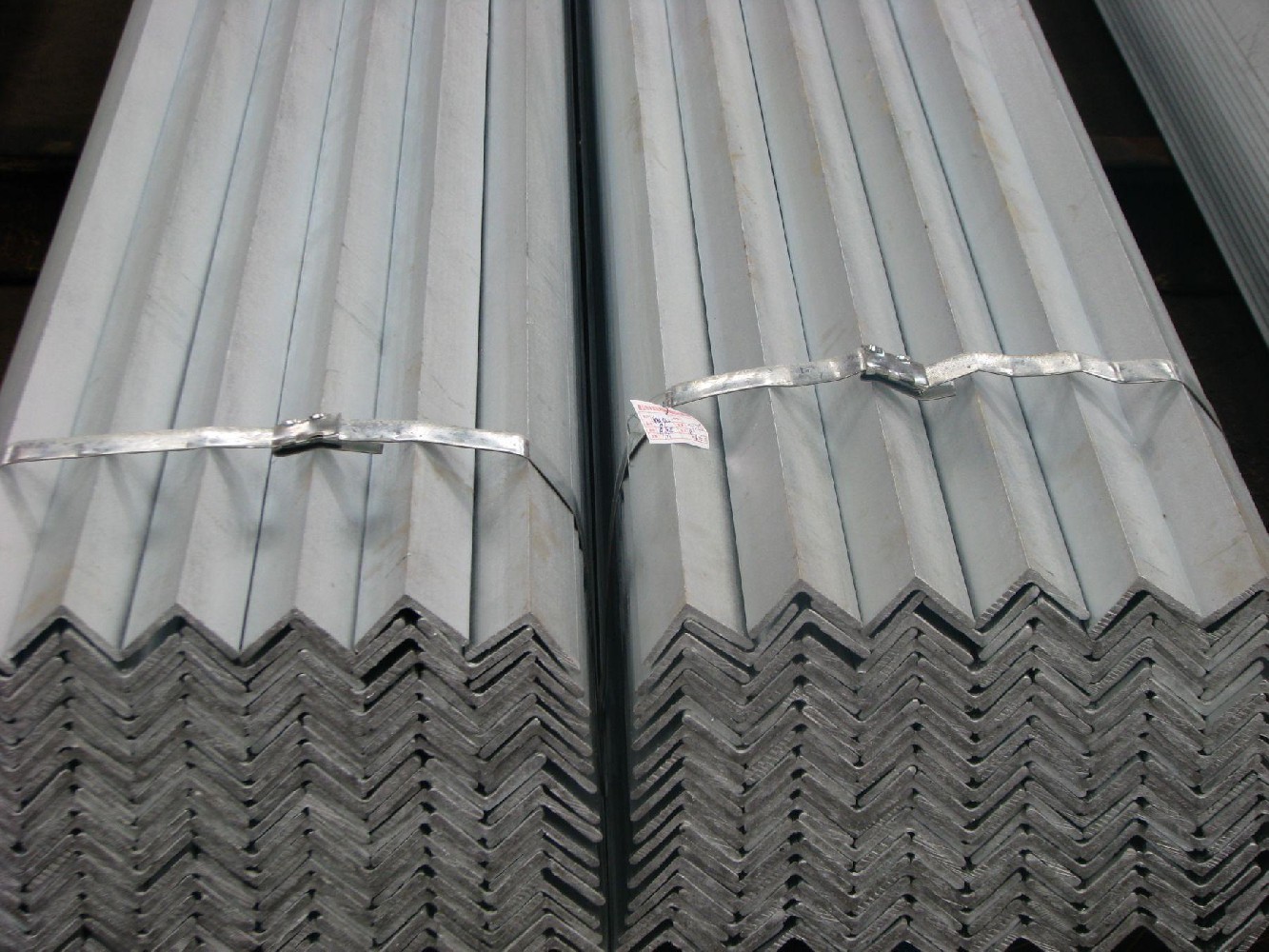The Steel Divide: Cold Rolled vs. Hot Rolled Steel Coils
In an age where industrial versatility is paramount, steel coils stand as the backbone of manufacturing, construction, and automotive industries. Among these, cold rolled and hot rolled steel coils are the two most prevalent forms, each with distinct properties and applications. This feature aims to demystify these differences, providing a clear picture of when and why one might be chosen over the other.
Understanding the Temperature Tension
The primary distinction between cold rolled steel coils (CRC) and hot rolled steel coils lies in their production process and the resultant material properties.
Hot Rolled Steel Coils: Born of FireHot rolled steel is processed at temperatures over 1,000 degrees Fahrenheit, which is above the recrystallization temperature of steel. This process begins with heating up billets and rolling them at high temperatures, which allows the steel to be shaped easily. The outcome is a coil that's malleable and cost-effective, albeit with a rough surface texture and less precise dimensions.
Cold Rolled Steel Coils: The Cool ContenderCold rolled steel, on the other hand, is hot rolled steel that has undergone further processing. Once cooled to room temperature, it is re-rolled at room temperature to achieve more exact dimensions and a smoother surface. This process increases the strength of the steel through strain hardening by up to 20 percent.
The Comparative Composition
Here are the key differences between the two:
1. Appearance and Surface FinishHot rolled steel typically has a rougher, more scaled surface. Cold rolled steel boasts a smoother, more finished appearance, making it the preferred material for consumer-facing applications.
2. Dimensional AccuracyCold rolling produces steel with closer dimensional tolerances and a wider range of surface finishes. This precision makes it the material of choice for intricate applications requiring exact measurements.
3. Material StrengthThe cold rolling process increases the tensile strength and hardness of the steel, making it tougher and more durable than hot rolled steel.
4. Cost ConsiderationHot rolled steel coils are generally less expensive than cold rolled because they are less processed. However, the additional processing for cold rolled steel can be justified by its superior surface finish and precise dimensions.
Conclusion: The Cool and the Composed vs. The Hot and the Hardy
Choosing between cold rolled and hot rolled steel coils depends on the final application. For structural components, where surface finish is less critical, the robustness of hot rolled steel is ideal. For applications demanding a refined finish and precise shapes, such as in the automotive or appliance industries, cold rolled steel is the material of choice.
The Final Roll Out
The world of steel is as complex as it is fascinating, and the choice between hot rolled and cold rolled steel coils is a testament to the material’s adaptability. Understanding these differences is crucial for manufacturers and end-users alike, ensuring that the right type of steel is employed for the right application.
